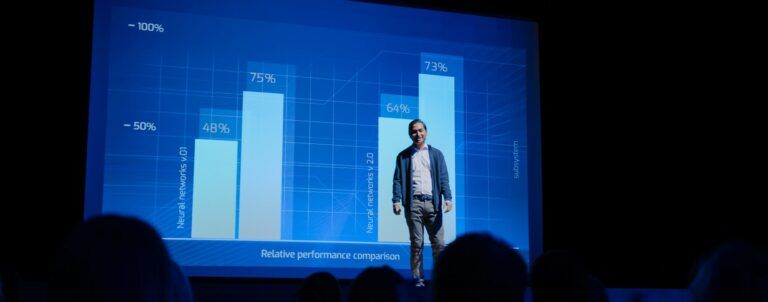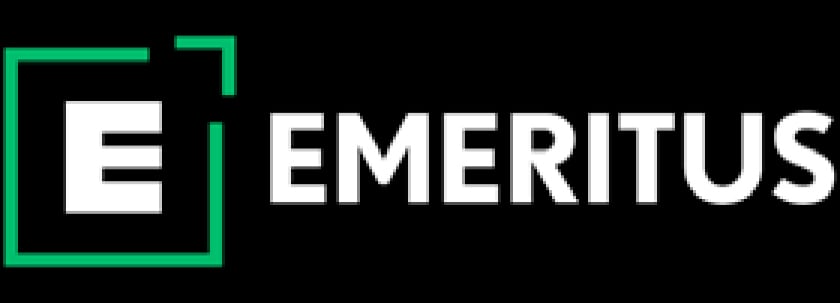What is a Cost Leadership Strategy? A Comprehensive Guide

In today’s business world, a successful strategy is essential for not just growth but survival as well. A key element to achieving this is implementing a cost leadership strategy. Unlike other approaches, where the focus is on standing out or serving specific markets, cost leadership emphasizes improving operational efficiency and economies of scale, which, in turn, leads to cost reduction. This thus allows companies to offer their products or services at a lower price than their competitors. In this article, we explore strategies that focus on cost-efficiency tactics and how they are important in developing a low-cost business model.
In this blog, you’ll learn:
- What is a Cost Leadership Strategy?
- What are the Benefits of a Cost Leadership Strategy?
- What is the Difference Between Cost Leadership and Price Leadership?
- How to Become a Cost Leader in the Market
- How Can Businesses Sustain Cost Leadership in the Long Run?
- Real-Life Examples of Cost Leadership Strategies
- Learn Strategic Management With Emeritus
What is a Cost Leadership Strategy?
 Simply put, a cost leadership strategy is a marketing approach that gives companies an edge over their competition by lowering the prices of their products or services. It is not just any specific single cost-efficiency tactics that work toward a successful cost leadership strategy. In fact, a cost advantage strategy refers to a group of activities or framework that applies to every aspect of operations—such as improving the production process, making the most of economies of scale, and efficiently managing the supply chain—that helps companies minimize costs and, in turn, reduce the price of the product.
Simply put, a cost leadership strategy is a marketing approach that gives companies an edge over their competition by lowering the prices of their products or services. It is not just any specific single cost-efficiency tactics that work toward a successful cost leadership strategy. In fact, a cost advantage strategy refers to a group of activities or framework that applies to every aspect of operations—such as improving the production process, making the most of economies of scale, and efficiently managing the supply chain—that helps companies minimize costs and, in turn, reduce the price of the product.
ALSO READ: 8 Types of Leadership Styles and How to Choose Yours
What are the Benefits of a Cost Leadership Strategy?
Here are the benefits of a cost leadership strategy:
- By employing cost-efficiency tactics, companies can increase their market share and profit, as most customers shop only at stores that offer them competitive prices.
- Additionally, with a cost leadership strategy, companies can cut down on their operational costs. Such cost reduction strategies thus help businesses survive during downtimes.
- Finally, companies operating with a cost leadership strategy can achieve higher profits compared to their competitors. This is because most businesses focus on pricing strategies and not on creating a low-cost business model.
ALSO WATCH: 7 Essentials of Leadership | Aditya Chakravarty | Emeritus India
What is the Difference Between Cost Leadership and Price Leadership?
Cost leadership and price leadership might seem similar, but they are two different cost advantage strategies businesses can adopt for a competitive edge.
While cost leadership focuses on cutting expenses and offering products at a competitive price, price leadership is a strategy where a company sets the price for its products or services, which other competitors follow. Simply put, price leadership occurs when a leading firm in a given industry exerts its authority to determine the price of goods or services for the entire market.
Price leadership focuses on setting the market price and influencing competitors. Meanwhile, cost leadership emphasizes cost minimization and efficiency to offer competitive pricing while maintaining profitability.
ALSO READ: Communication Skills for Effective Leadership
How to Become a Cost Leader in the Market
Here are some key factors companies must consider to become cost leaders:
1. Assess Industry Structure
To become a cost leader, companies must first assess the industry structure. They must evaluate the industry’s competitive landscape, market dynamics, and cost drivers. This will further help them identify opportunities to reduce costs, such as streamlining operations, optimizing the supply chain, or leveraging economies of scale.
2. Improve Operational Efficiency
The key to a cost-advantage strategy is improved operational efficiency. This allows businesses to reduce the overall product cost, which then helps them reduce the price of the product or service. An easy way for companies to increase their operational efficiency is to utilize lean management techniques such as Kaizen, Kanban, and the 5S system.
Kaizen, for instance, is all about making steady improvements in processes by taking small steps. It encourages employees to identify areas of improvement and suggest innovative solutions to boost efficiency, quality, and productivity. Meanwhile, both Kanban and the 5S System help manage workflow and improve processes. Kanban relies on visual cues such as cards or boards to track tasks and work in progress. On the other hand, the 5S System follows five principles: sort, set in order, shine, standardize, and sustain. These principles aim to eliminate waste, reduce clutter, and enhance workplace organization.
3. Strategic Partnership With Vendors
Businesses need to have a strategic relationship with their suppliers. Doing so will help them procure raw materials at a lower cost. Moreover, it gives companies the power and freedom to demand price concessions when needed. This significantly reduces the production cost and contributes to a reduced product price.
4. Perform Cost Analysis
Cost analysis involves identifying and categorizing different types of costs, such as direct costs (e.g., materials, labor) and indirect costs (e.g., overheads, administrative expenses). Additionally, the cost analysis aims to determine the overall cost of production or the financial outlay required for a particular endeavor.
Cost leaders must, therefore, regularly analyze the costs of all business activities to evaluate their efficiency. Additionally, they must identify areas for cost reduction and monitor the company’s expenses. This helps keep the operational costs under control.
5. Determine the Pricing Strategy
Cost leaders must create a pricing plan that appeals to budget-conscious customers. This will help them make profits faster. Furthermore, they must also keep an eye on market changes and adjust prices when needed to stay competitive.
6. Set Customer Value Proposition
Even though cost leadership aims for low prices, it is important to ensure product quality and value for customers. Therefore, cost leaders must work toward meeting customer needs and expectations even as they work within a low-cost business model framework.
7. Invest in Technology
Cost leaders must use technology to automate tasks and boost productivity; this helps cut production expenses. For instance, companies can use data analytics tools for market research. These tools will provide deep insights into the market, customers, and trade.
8. Monitor the Market and Competitors
Companies must develop a cost leadership strategy that allows them to closely monitor their competitors’ strategies, prices, and cost-reduction strategies. However, businesses must also adopt a plan that ensures they are updated on market trends, technological advancements, and changes in the industry so they can adjust their approach to stay competitive.
ALSO WATCH: Style and Substance of Leadership – Generational Changes by Pallavi Singh, Sr. Business Advisor, BMW
 How Can Businesses Sustain Cost Leadership in the Long Run?
How Can Businesses Sustain Cost Leadership in the Long Run?
A cost leadership strategy helps companies achieve profit and significant market share. But to survive and grow in the long run, businesses need to adopt several strategies and best practices. They can start by embracing a culture of continuous improvement in their organization. It helps them continually focus on improving the operation efficiency of the business, in turn helping them keep the product cost low for a longer duration.
Moreover, businesses should consider investing in advanced tools such as Enterprise Resource Planning (ERP) systems and data analytics. These tools automate manual and time-consuming tasks, freeing up employees to concentrate on revenue-generating activities and improving overall efficiency. By combining a commitment to continuous improvement with the adoption of modern technology, companies can sustain their cost leadership position and thrive in the long run.
ALSO READ: Know How Leadership Skills Training Helps Employees Scale Their Career
Real-Life Examples of Cost Leadership Strategies
1. Indigo
Indigo is an Indian low-cost air carrier that follows a cost leadership approach in the aviation sector. They offer short-haul and point-to-point route structures, a shared aircraft with single-class seat arrangements, high crew productivity, and low maintenance costs to provide budget-friendly travel options to passengers.
2. Maruti Suzuki India Limited
Maruti Suzuki is India’s largest car manufacturer and has been known for its cost-effective production processes. The car manufacturer, for instance, blends automation with skilled workers to create cars. They have 1,100 robots and 7,000 skilled employees, resulting in 3,100 daily car production, with a 98% efficiency rate. The company employs a cost leadership approach to maintain its market leadership by efficiently managing the value chain. This approach targets the middle class, which prioritizes pricing, enabling market share expansion.
Learn Strategic Management With Emeritus
Now that you have learned how a cost advantage strategy such as cost leadership and price leadership help companies gain a competitive advantage, it’s time to scale your business to new heights. Learning leadership and strategic management from Emeritus is an easy way to do that. Enroll in any of the leadership courses and learn how to develop innovative strategies to drive business growth.






